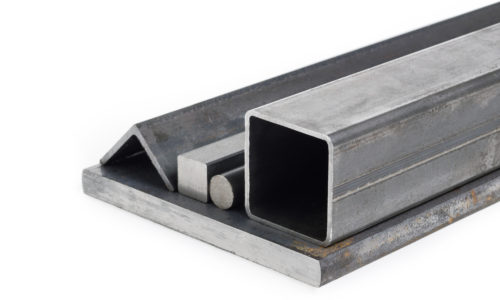Do you know when you need a bandsaw blade replacement? Can you spot the signs? Here are the top 10 signs you need to know. Once you spot them, it’s important to purchase a bandsaw blade replacement ASAP.
- Teeth stripping
- Slow cutting
- Harder pressure needed (you may notice you need to use more pressure when using the blade)
- Feed rate issues
- Heat build up (not only does this negatively impact your blade, but it also puts a strain on your machine)
- Strange or loud noises
- Burn marks (can be both on the blade, or the machine)
- Hairline cracks in the blade
- Blade doesn’t move consistently
- Strange or unusual smells when cutting
These signs can also occur if you’ve paired the incorrect blade with a material. For example, using a bandsaw blade used for wood to cut metal. Using the wrong blade can be a sure fire way to negatively speed up your blades life.
So, how long is a bandsaw blade life? This is a difficult question. Because, more often than not, it’s down to trial and error.
It all depends on blade type, machine, cutting material, and what it’s being used for. If you’d like a life estimate for your chosen blade, contact us here at SawBlade.com.au with this information, and we can provide an estimate and information on how much the blade can withstand.


 Shipping Australia Wide
Shipping Australia Wide






















